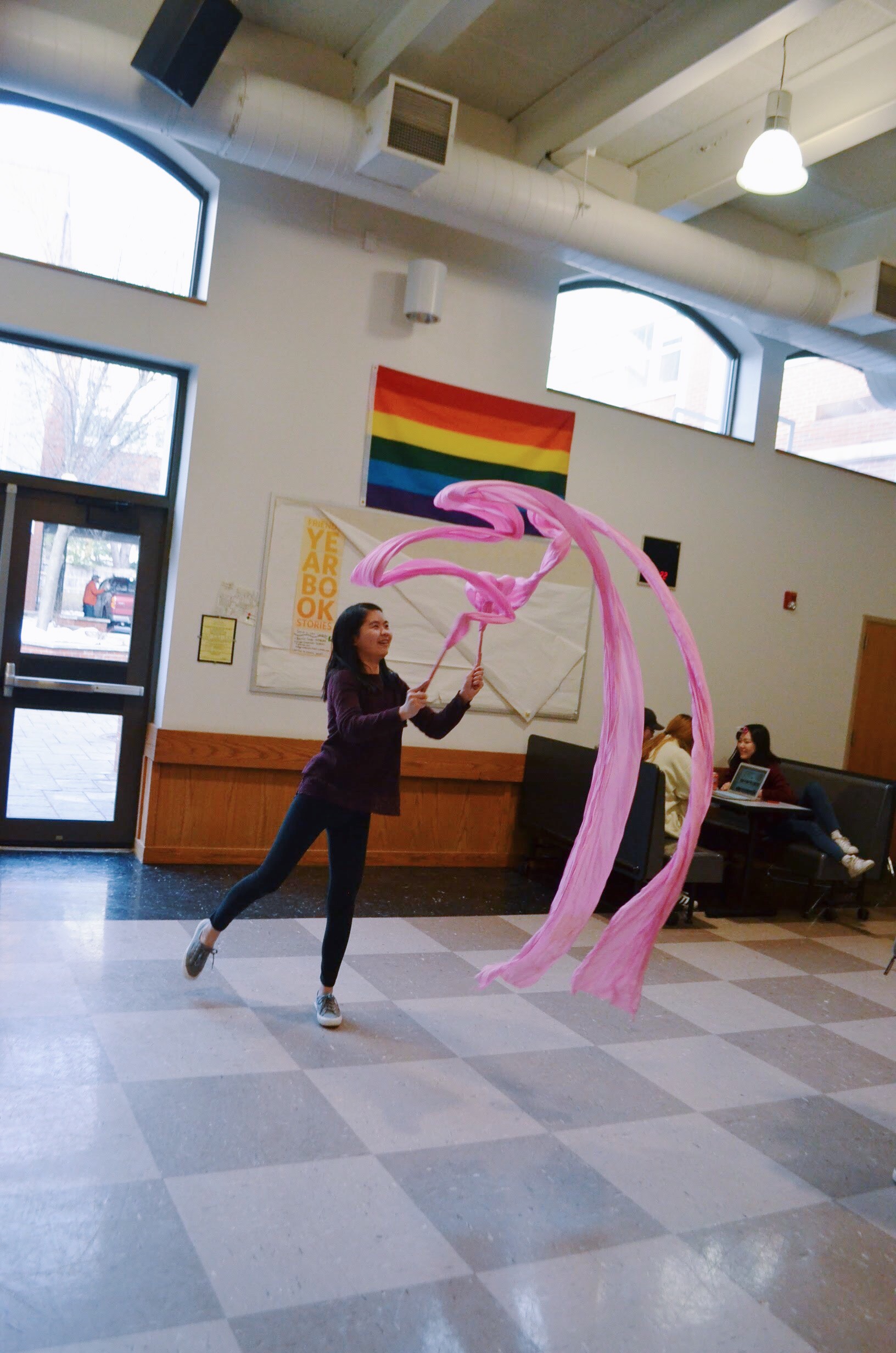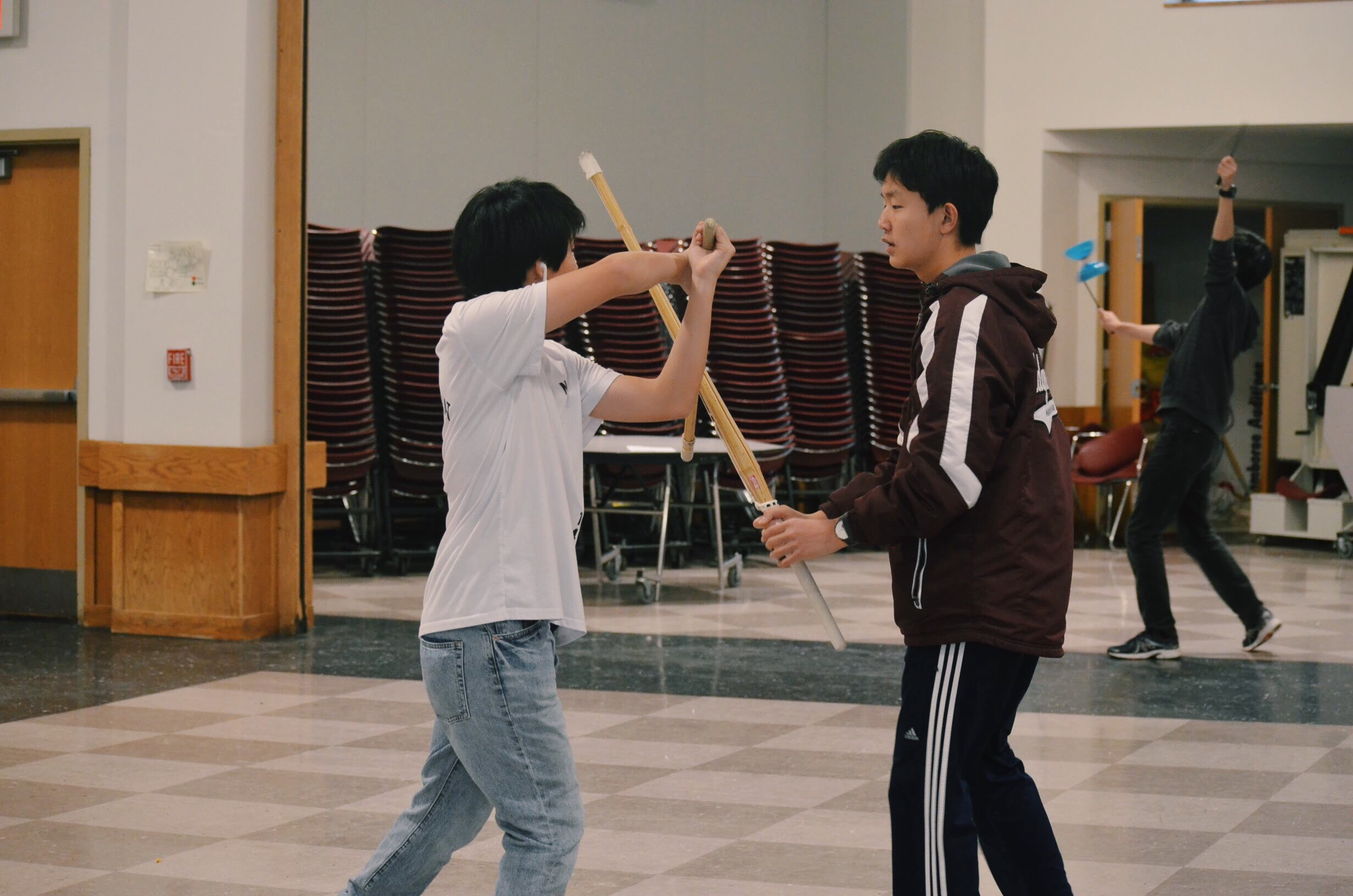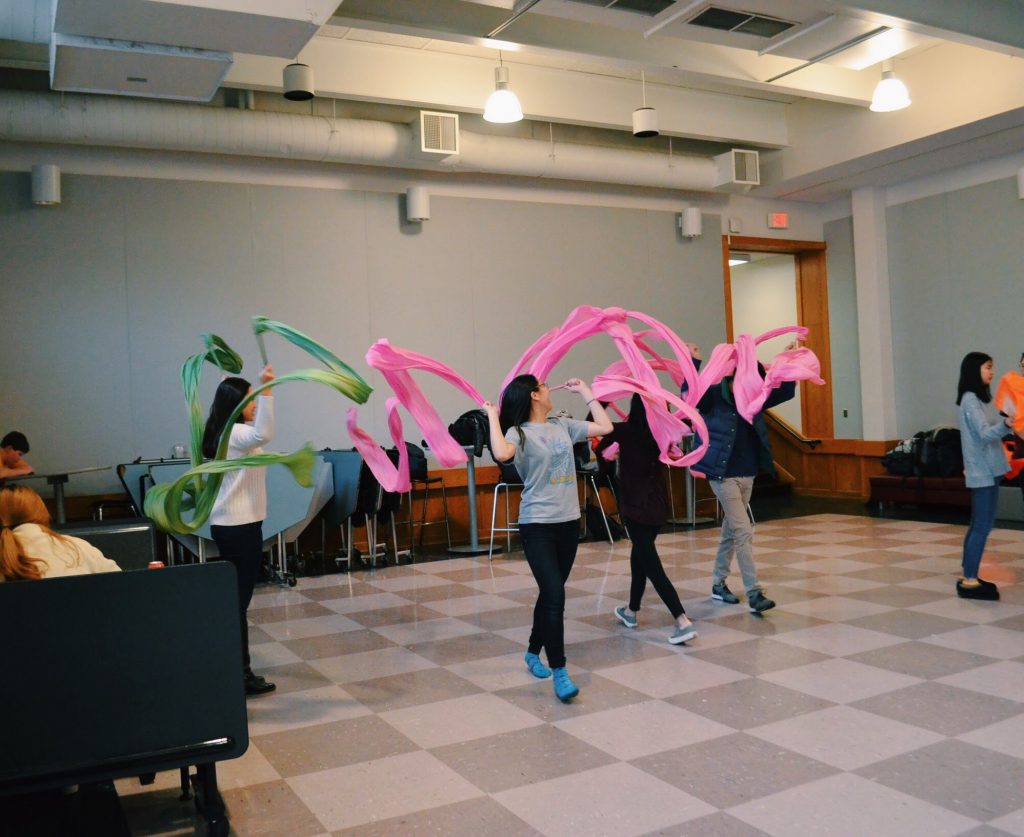
Celebrating Ridgewood High School’s annual Asian Festival, students are hard at work, perfecting their performances for the upcoming festival in March. Gathering every Tuesday, Wednesday, and Thursday, the students share the campus center, the dance studio, and the Freshman Focus room to allot time and space for each group to practice their performance.
Recently, due to construction to fix the hot water pipe leak, the dance studio and the C-section of the campus center have been unavailable for the performers. Despite the complications, the country leaders and the performance leaders have been respectful in communicating with each other and generous when sharing the practice areas. On account of everybody’s cooperation, the set back was not consequential, permitting practices to resume to their normal times and locations.
Asian Festival honors traditions from China, India, Japan, Korea, and the Philippines. There are multiple students who tackle more than one performance, which can result in schedule conflicts. However, each performer is dedicated and responsible for making up any missed information. The leaders are always available to guide the performers not only in their act, but also for any advice regarding the performer’s agenda.
Every country participating in this festival has various performances planned out for the audience. Over the years, one of the most popular performances has been the Korean fan dance, also known as Buchaechum. The glistening fabric as they twirl on stage is impossible to miss and always a spectacle that leaves the crowd stunned. While wearing the traditional hanbok, the dancers use large fans with peony flowers painted on them. Developed during the Joseon Dynasty as a court performance, the dance use the fans to represent blossoming flowers, the smooth movements of butterflies, birds, and natural waves. With its combination of stunning movement and color, the Korean fan dance immediately captivates the audience.
Another favorite event of the audience is Tinikling, the national dance of the Philippines. The dance imitates the graceful movements of the tikling birds as they avoid the bamboo traps set by rice farmers. In this performance, the role of a dancer and clapper is assigned to a performer. Throughout the dance, two people keep beat by clapping the bamboo poles, while the dancers’ nimble feet jump in and out to the rhythm using various steps. When asked which role is the most important throughout the dance, the performance leader responded that Tinikling is “a teamwork of both clappers and dancers.” Without one, the other would not be able to function.

As the performance day comes nearer, practices will become even more intense. On the week of March 5th, practice will be held everyday until the show on March 9th and 10th. Among the performers, this week is known as “Hell Week” due to the fierce practices. During this time, the performers are on stage going through the routines to make sure the timing is perfectly in sync with the music and the performers know their positions.
In addition to the regular performances, “Hell Week” is when the rehearsal for the cultural fashion show takes place. In this event, a number of participants portrays the traditional outfits of each country. For instance, there is the traditional qipao from China, the sari from India, the kimono from Japan, the hanbok from Korea, and the barong tagalog from the Philippines. During this time, the position of the models are organized and the timing for each model is secured. As always, the shimmering fabric and brilliant colors mark the end of the performance and the closing of the festival until next year.
Kathleen Kye
arts and culture editor
Graphics: Sofia Lee

